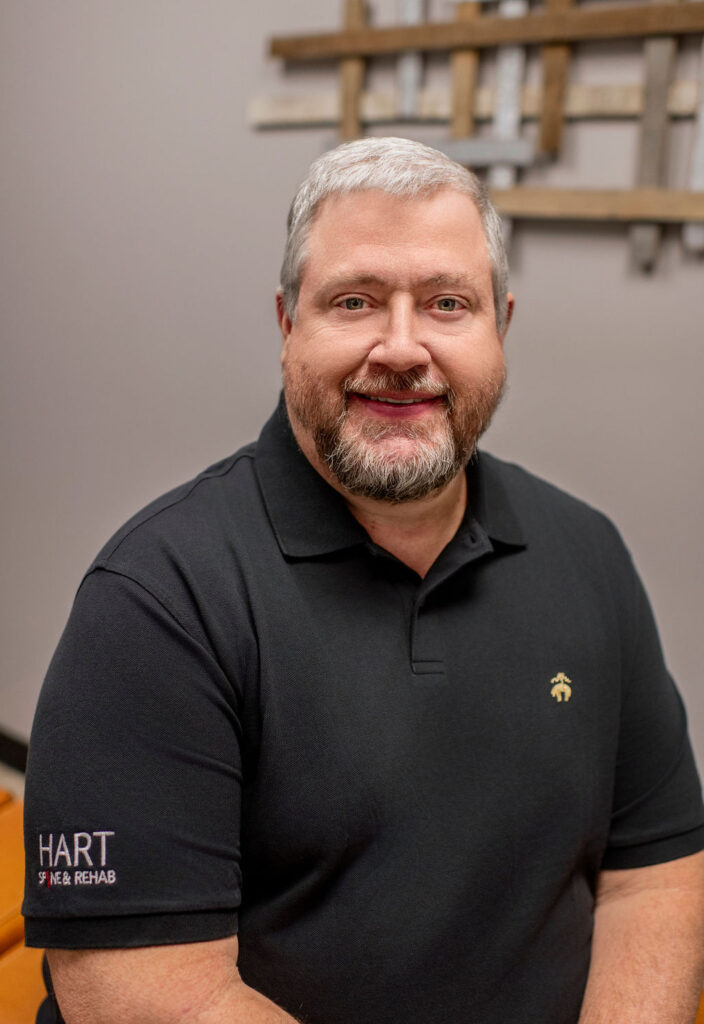Where Hope & Healing go Hand-in-Hand
#TheHartFeltWay
We are on the VA referral list, contact us to find out about our Veteran Care!
We offer same-day appointments with no long waits.





Welcome to Hart Spine & Rehab.
Our outstanding team is here to help you reach your health goals with a multi-disciplinary holistic approach, personalized care suited to your needs, and improved quality of life.
We are committed to excellence in providing compassionate, personalized health care through:
- Mutual trust and respect.
- Education and leadership.
- Efficiency and service.
- Access and quality.
We believe that by working together, we will improve the health of the community we serve.
Do you suffer from…?
- Back, Neck or Joint Pain
- Muscle Tension Headaches
- Herniated or Bulging Discs
- Degenerative Disc Disease
- Sciatic Pain
- Arthritis
- Injury Related Pain
- automobile accident

Live the life you deserve, do not let pain stop you from living.
Comprehensive Services to Meet Your Health Needs
Chiropractic
Find relief with our expert chiropractic care. Our gentle adjustments alleviate pain, improve alignment, and restore mobility for better overall health.
Physical Therapy
Regain strength and mobility with our personalized physical therapy programs. Whether recovering from surgery or managing a chronic condition, our expert therapists will help you achieve your health goals.
Massage Therapy
Relax and heal with our massage therapy. Our licensed therapists use various techniques to reduce stress, relieve pain, and promote relaxation.
